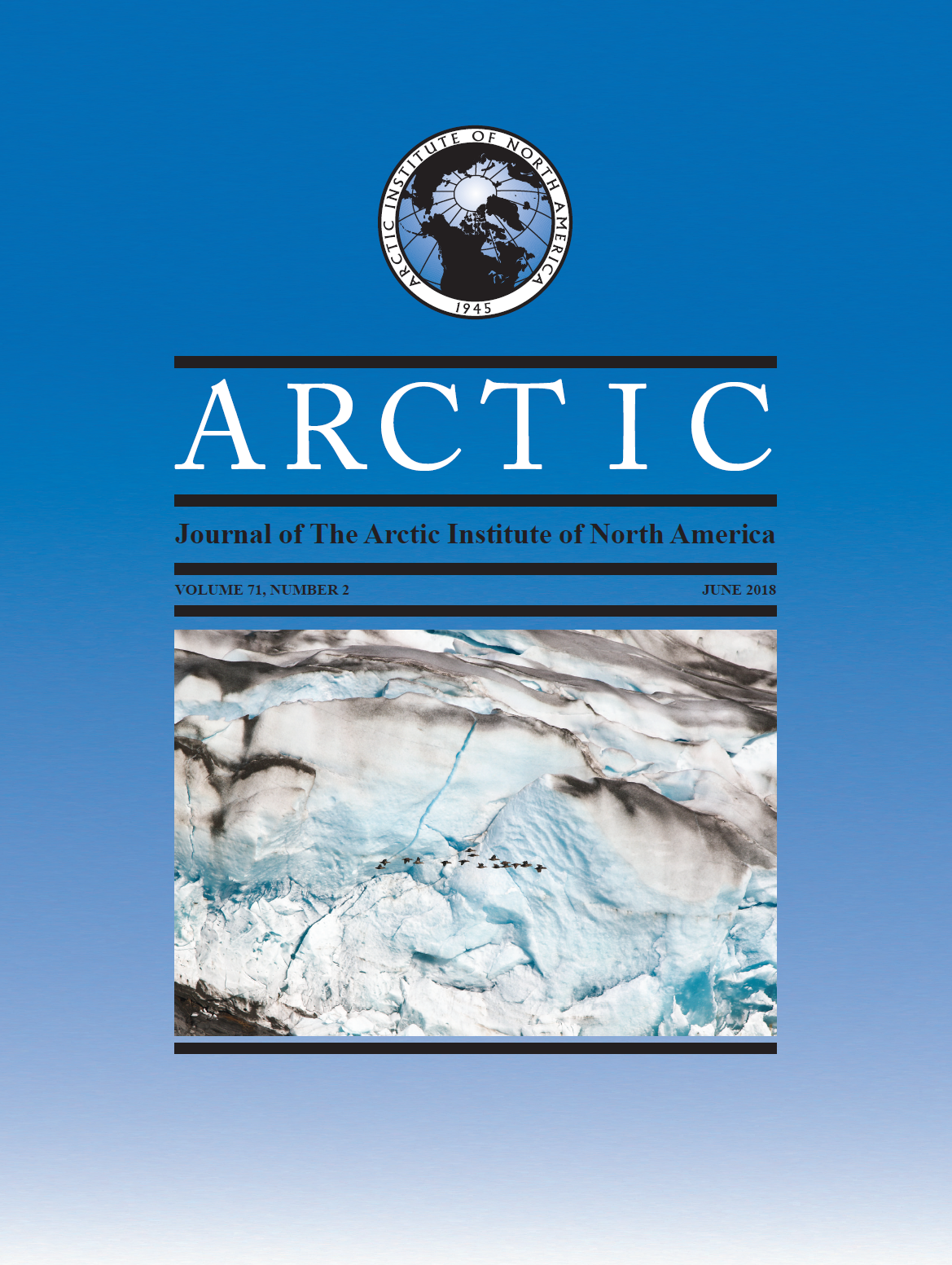Seasonal Variations in the Limnology of Noell Lake in the Western Canadian Arctic Tracked by In Situ Observation Systems
DOI:
https://doi.org/10.14430/arctic4716Keywords:
limnology, continuous monitoring, mixing, stratification, dissolved oxygen, hypoxiaAbstract
Research investigating climate-driven changes in northern lake ecosystems is complicated by a legacy of initiatives that have used sporadic observations, often confined to open-water seasons, to define the lake state. These observations have conventionally been lake water samples analyzed for a suite of physical and chemical parameters and are indicative of only the days or hours immediately before sampling. Monitoring approaches that sample a broader scope of limnological parameters over a continuous period are needed to augment existing strategies. A study of the seasonal changes to limnological parameters in Noell Lake was performed by analyzing continuous, hourly data collected from a series of automated and non-automated moorings over the period July 2012 to July 2013. Noell Lake was found to be strongly stratified throughout the open-water and under-ice seasons, with two prominent mixing periods in spring and fall. Processes of cryoconcentration and respiration intensified density-driven stratification while the lake is ice-covered, with the deep holes of Noell Lake becoming particularly saline and oxygen-depleted all year. Hypoxia was prevalent during the under-ice season because these physical and biogeochemical processes eliminated mixing from the lower lake depths while oxygen demand remained high. Use of continuous hourly monitoring facilitated improved understanding of the dynamical response of Noell Lake to atmospheric forcing.
Downloads
Additional Files
Published
Issue
Section
License
Copyright (c) 2018 ARCTIC

This work is licensed under a Creative Commons Attribution 4.0 International License.


